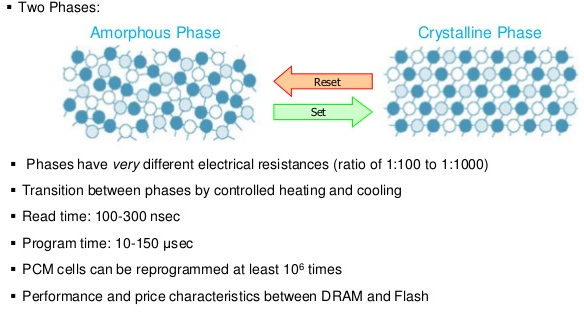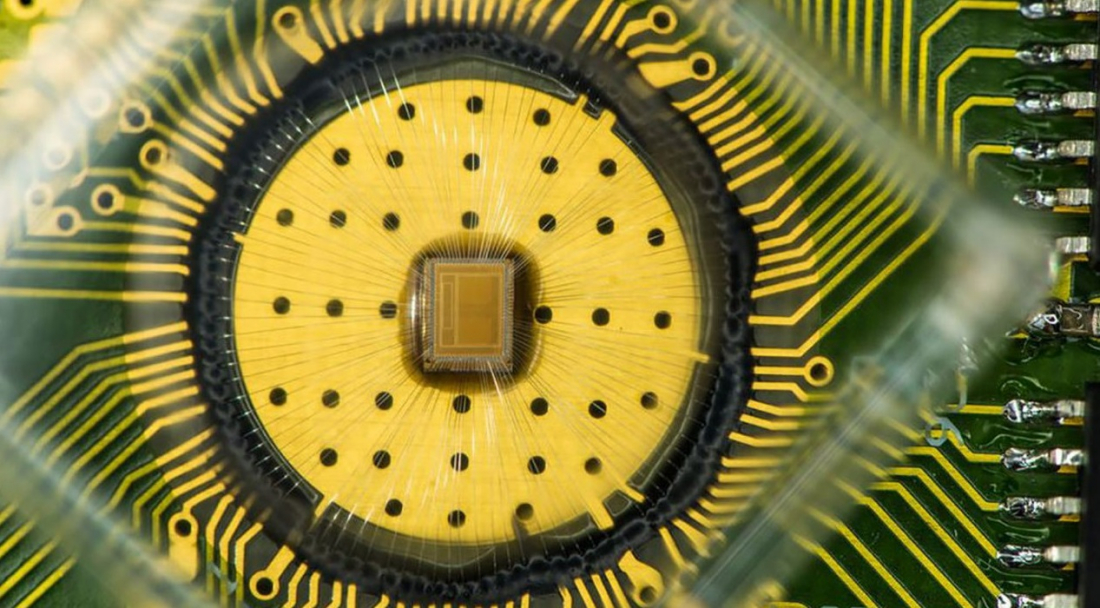Phase change memory (PCM) is an area of interest that researchers around the globe have been investing time and money into for years. Exactly how viable it'll be remains to be seen although new research out of Stanford University looks incredibly promising.
PCM works by shifting between two physical states: crystallized (with low resistance) and amorphous (with high resistance). It already has multiple advantages over the storage technology in use today but it's not perfect.
As Extreme Tech notes, one industry-wide shortcoming that hasn't yet been addressed has to do with latency. Memory clock speeds have increased greatly over the last 30 years or so but latency has improved much more slowly.
Aaron Lindenberg, an associate professor of materials science and engineering at Stanford that led the research, looked into how quickly PCM begins to change from one state to another and more importantly, if they could somehow harness the speed. Their findings bode well for the future of PCM.

Applying a 0.5THz electric pulse to PCM for picoseconds at a time creates crystallized filaments that can be measured and, in theory, be used to store data. This happens while the bulk of the material is still in its amorphous state but more importantly, the filaments are created on the picosecond timescale. Considering that conventional DRAM operates on the nanosecond timescale, PCM could theoretically be thousands of times faster than traditional RAM in use today.
While promising, there are still plenty of hurdles that must be overcome. As the publication notes, THz pulses aren't yet a thing in motherboards (at least as far as they (or we) know) as their signal doesn't work well with the thin copper wires used in today's hardware.
What's more, the memory industry can be quite volatile at times as anyone that has kept tabs on pricing over the years can attest to. It should come as little surprise, then, that chipmakers want to be certain (or at least, as certain as possible) that a new technology will be of benefit in the long run before shifting away from proven techniques (and by proxy, steering the market in a different direction).
That said, the research is incredibly promising and further bolsters the potential of PCM. Speaking of, Intel's upcoming Optane line of solid state drives (powered by its new 3D XPoint technology) is thought by some to at least partially be based on the principles of PCM.
A leaked Intel roadmap from a couple of months ago indicates that Optane drives are slated to arrive late in the fourth quarter or perhaps early next year alongside the launch of Kaby Lake processors. Perhaps then, we'll get some more information on exactly how XPoint technology really works.
